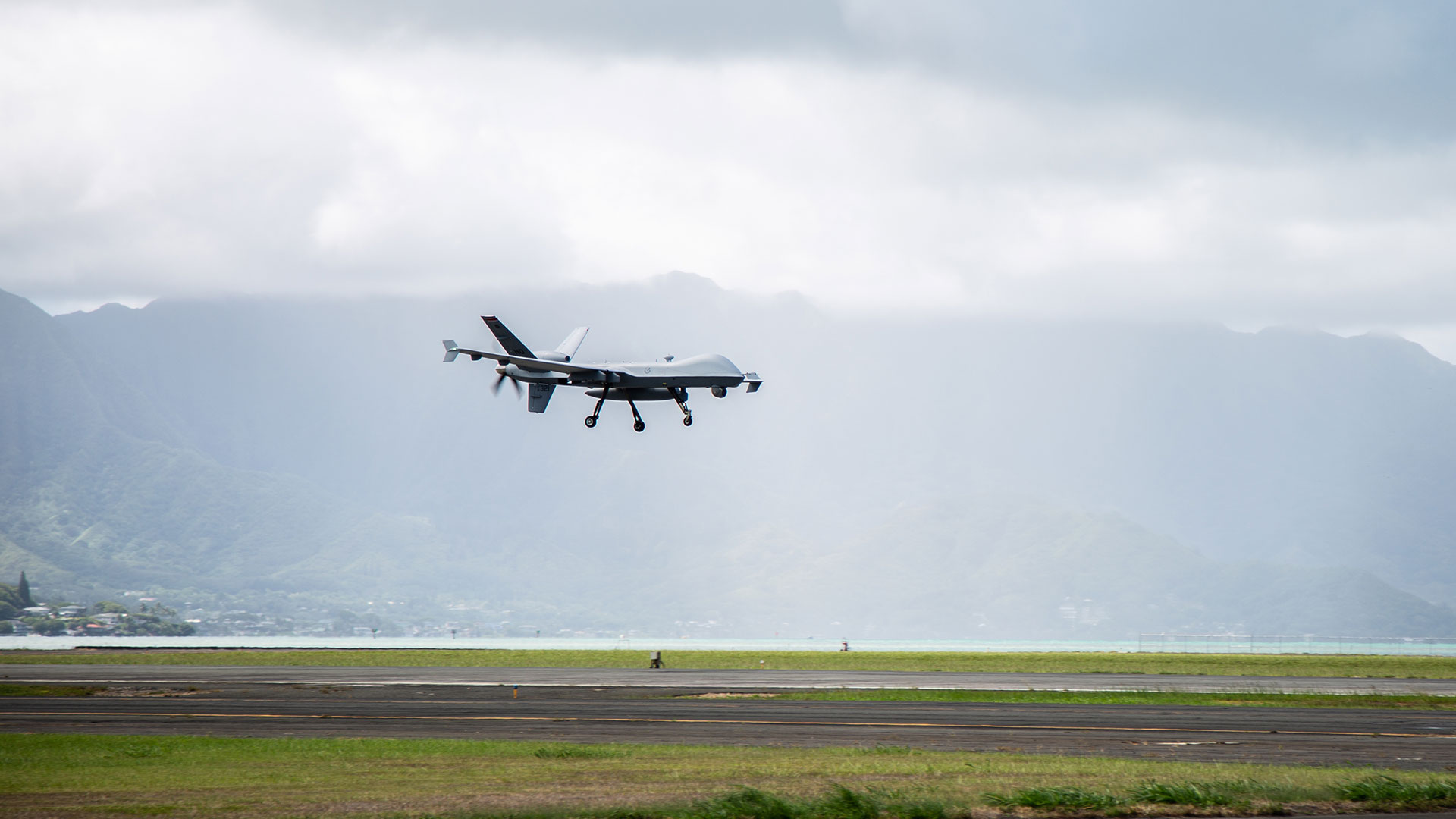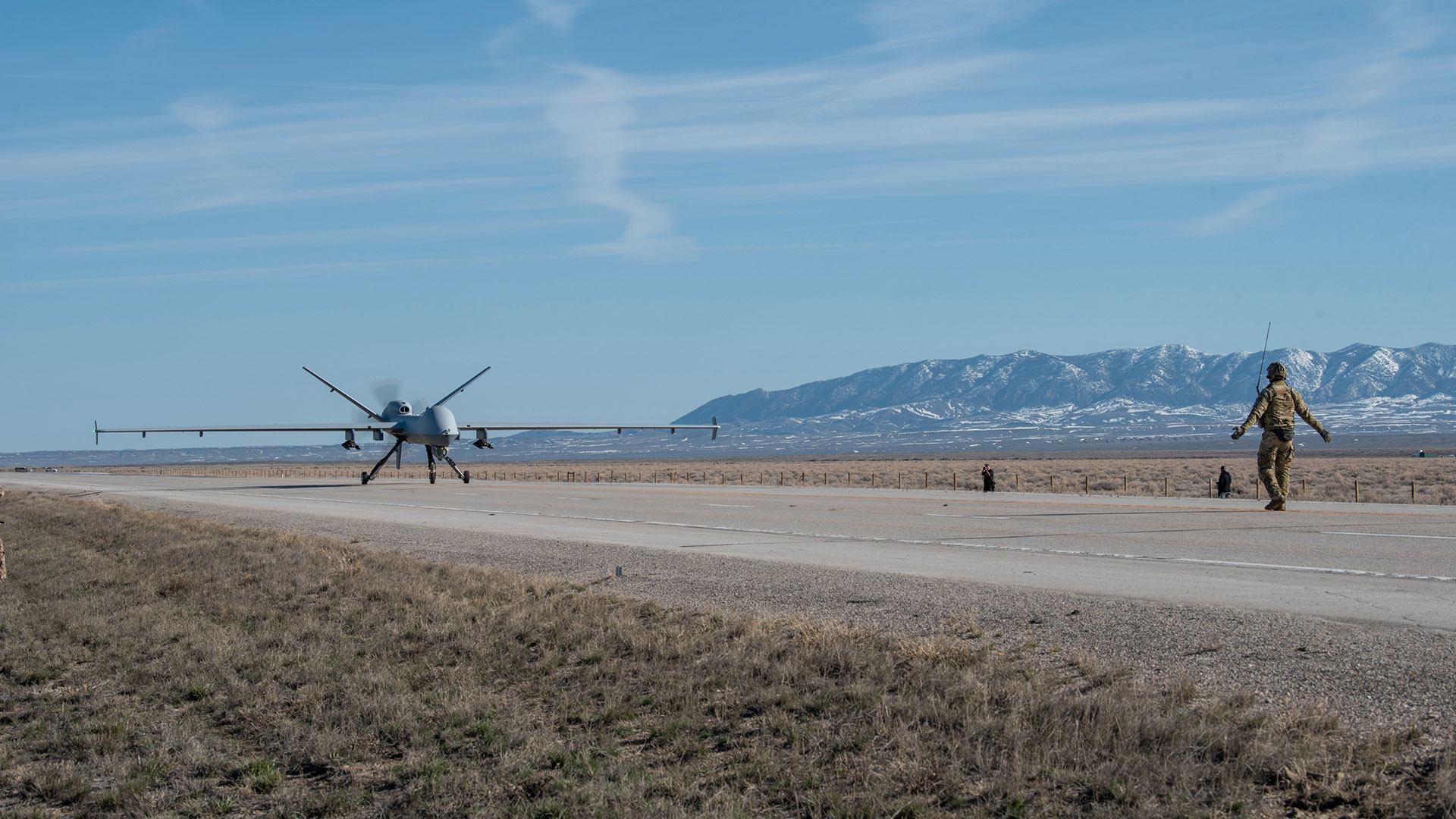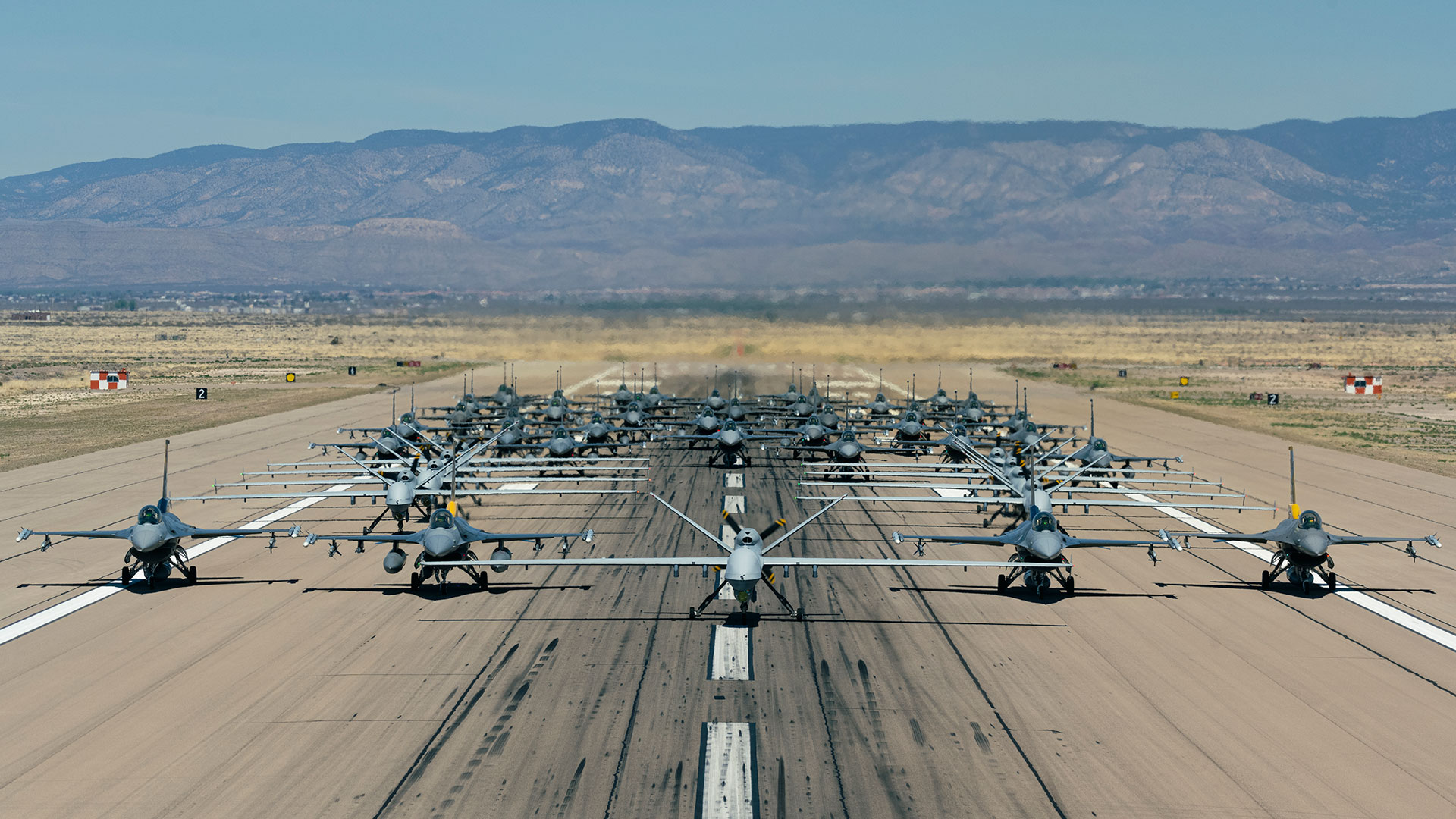UAV.com Staff Report
Unmanned aircraft have been flying for decades, so why do they still seem so confusing?
"Unmanned aerial vehicle." "Uncrewed aerial vehicle." "Unmanned aerial vehicle system." "Uncrewed aerial system.." "Remotely piloted vehicle." "Remotely piloted aircraft." "Remotely piloted aircraft vehicle." "Remotely piloted aircraft system." And so on.
This is not English. It's a bowl of alphabet soup: UAV, UAV again but different, UAVS, UAS, RPV, RPA, RPAV, RPAS. So, what does it all mean?
As more aircraft of all sizes are flying around with no one on board, it's more important than ever to understand what they are and the distinctions among them. Here's what you need to know.
What's in a Name?
Much of the blame for this spaghetti junction lies with global militaries, which have never met an abbreviation, acronym, or clunky designator they won't immediately adopt. In doctrinal documents and official messages, parenthetical interjections sprout like dandelions in the spring. Here's a passage ostensibly written by human beings for other human beings to read and understand:
"LOI 1 authorizes receipt and display of UAS-derived imagery or data without direct interaction with the UAS. Personnel complete reception of imagery and data through established communications channels. LOI 1 requires a minimum connectivity with Joint Broadcast System (JBS)/Global Broadcast System (GBS), Common Ground System (CGS) or Army Battle Command System (ABCS)."
This is just a sample of the prose used by the United States Army to set down its objectives for unmanned aircraft – and it's how much of the policy-setting, doctrine-building, and thought leadership has been done about these systems.
A consistent theme in the struggle by professional militaries to describe unmanned systems is their complexity. These are aircraft with no one on board, but which are piloted by men and women from a distance.
Large numbers of people are also buying, maintaining, repairing, sustaining, and otherwise crewing the aircraft. Still more are using them to conduct other work – processing, exploiting, and disseminating the intelligence they produce, for example.
So sometimes describing an "unmanned aircraft" is unsatisfying, doctrinally – which the Army sought to make clear in another passage in that same document: "The idea that UAS are 'unmanned' is a misnomer because trained and professional soldiers operate and maintain Army UAS. Therefore, the centerpiece of this strategy focuses on all aspects of UAS capability in support of the soldiers."

Remote Control
That's why some users, including the U.S. Air Force, sought to drop the "U" altogether, and leaned in on the notion of the distant operation. Hence, the term "remotely piloted aircraft." For others, that didn't capture the whole breadth of what's really at work. The U.K.'s Royal Air Force prefers "remotely piloted aircraft system."
And although there are broad similarities in all these terms and philosophies, they still hide some important distinctions – as do other popular slang phrases for uninhabited aircraft, like "loitering munition" or "drone." They group together things that don't really belong in the same category.
Broadly, a minnow and a great white shark both are fish. A sparrow and an eagle both are birds. But those groupings don't help convey very much about their critical differences in capability. And although a camera-toting quadcopter and a medium-altitude, long-endurance MQ-9B SkyGuardian both are "drones" (or "RPAs" or "UAVs"), mostly they are quite different. Lumping them together is intellectually lazy, at best.
One popular, battery-powered quadcopter weighs about half a pound and flies for about 45 minutes. The MQ-9B has a maximum gross takeoff weight of 12,500 pounds, a 79-foot wingspan, flies for more than 30 hours in certain configurations, and can be piloted via satellite from anywhere in the world.
This is why it's important to look beyond the abbreviations and the slang terms. There are big, important differences hiding in the popular descriptions of these uninhabited aerial vehicles. And this is also why it's important to know more about what's under discussion in assessing claims about uninhabited aerial vehicles and their potential roles around the world.
The Right Tool for the Job

These aircraft have rewritten the rules for military, intelligence, law enforcement, lifesaving, and other roles many times. They're doing new things by the day in all four corners of the globe. But no amount of technical progress and human innovation can wave away the laws of physics.
Small systems always will have a role across the spectrum of peacetime and other applications. Their smallness, however, limits how far they can travel, how long they can fly, and how much they can carry. Range, capability, and payload require an aircraft of a certain size. Calling some of these things "aircraft" is being generous.
Keep all this in mind as new claims arise about what a new small system might be able to accomplish in terms of mission sets or operating environments. What has worked in one case might not work in others. For example, the role small systems have played in the context of a close-in ground conflict might not apply across thousands of miles in a larger air and maritime domain.
Even if a small and light system can travel a few miles and play a key role in a tactical situation – spotting targets for artillery, for example, or even releasing its own small payloads of ordnance – that same system won't be much good if the mission calls for crossing thousands of miles of ocean and then patrolling overhead for eight hours.
Is the notional small system in this hypothetical example less expensive, per copy, than a larger aircraft? Probably. But if it can't perform the mission that U.S. or allied commanders need, there was never really a competition between the two. And pretending that daisy-chaining a string of them together will make them equals doesn't help the warfighter.
To ask the question a different way: could a family move to a new house using only its four-door sedan? Sure – but it could take some shuffling. That means many trips, many more trips than a moving van would require. And the sedan definitely could not take many key items – a sofa or a refrigerator – because this job isn't what the family sedan was built to handle.
So, the key to understanding uninhabited aerial vehicles is understanding which aircraft are built to handle the missions that commanders need, which ones do a few things in a few environments, and which ones are just expensive toys.
